Nestled deep in Catalonia, where nature has perfected a delicate balance between grand geological landscapes and intimate human proportions, stands Collsacabra. In its heart lies Rupit, a picturesque village crafted as if purely for admiration, holding onto the serenity of its cobbled streets bordered by 16th and 17th-century homes. Just a short distance away, the scattered estates of Pruit remind us of a time when wealth was deeply tied to the land. For those seeking solace in scenic serenity, Rupit and Pruit present an idyllic escape, with gems like the Sallent waterfall, Sant Joan de Fàbregues, and little Romanesque structures peppered across the mountain.
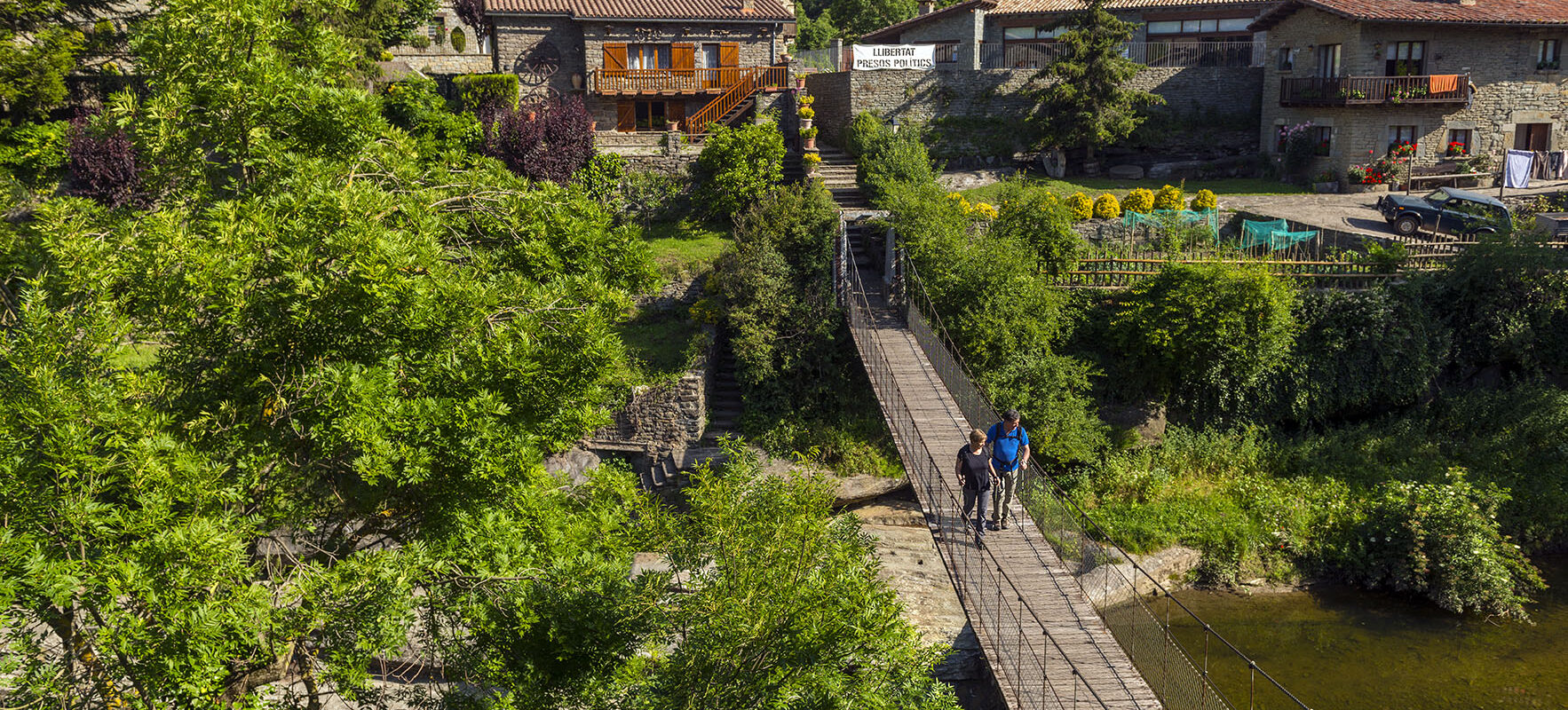
Rupit’s exemplary tourism management
Nestled amongst the majestic foothills of the Sierra de la Cabrera, in the heart of the Osona region of Barcelona, lies the medieval enchantment of Rupit. A place where history feels alive, walking its cobbled streets is like traveling back in time, being wrapped in tales of ancient epochs. Yet, it’s Rupit’s forward-thinking approach to tourism management that sets it apart and has rightfully earned it the title of the world’s best tourist village.
Preservation has always been at the forefront of Rupit’s vision. Recognizing the historical and cultural significance of its architectural wonders, efforts have been relentless in ensuring that the village’s built heritage stands tall, mirroring its past glory. Buildings, some dating back to the 16th and 17th centuries, have been meticulously restored and maintained. Modern intervention, while minimal, is always in harmony with the village’s medieval character, ensuring that the delicate balance between old and new is preserved.
But it’s not just about conservation. Rupit has displayed exemplary wisdom in managing its growth as a tourist hub. In a world where tourist destinations often fall prey to over-commercialization, Rupit has chosen a path of sustainable tourism. Regulating access to the village, especially during peak seasons, has played a crucial role in this. By limiting the number of visitors, Rupit ensures that its infrastructure is never overwhelmed and that visitors always get an authentic experience, unhindered by excessive crowds.
Equally commendable is Rupit’s stance on accommodations. Instead of letting a floodgate of hotels and resorts alter the village’s skyline, there’s been a conscious effort to promote local accommodations. Encouraging homeowners to offer traditional stays, tourists get to experience genuine Catalan hospitality. This not only helps in preserving the village’s aesthetic but also supports the local economy, ensuring the benefits of tourism are enjoyed by the community.
A pivotal part of Rupit’s tourism management strategy is community involvement. Residents, well aware of their village’s unique charm and historical significance, play an active role in its preservation and promotion. Their pride in their heritage is evident, and it reflects in their warm interactions with tourists, sharing stories, traditions, and the rich history of the region.
In essence, Rupit’s approach to tourism management is a blend of respect for its past, a vision for sustainable growth, and a commitment to offering an unparalleled experience to its visitors. It stands as a beacon for other historical towns worldwide, showing that with thoughtful planning and community involvement, it’s possible to embrace tourism while preserving one’s rich cultural and architectural legacy.
The Church of Sant Miquel
The defining silhouette in Rupit’s skyline belongs to the church of Sant Miquel. With its roots in Romanesque architecture, this edifice has, over centuries, evolved into a baroque masterpiece that houses the parish seat today. Its towering campanile offers an unparalleled view of the village and its surroundings.
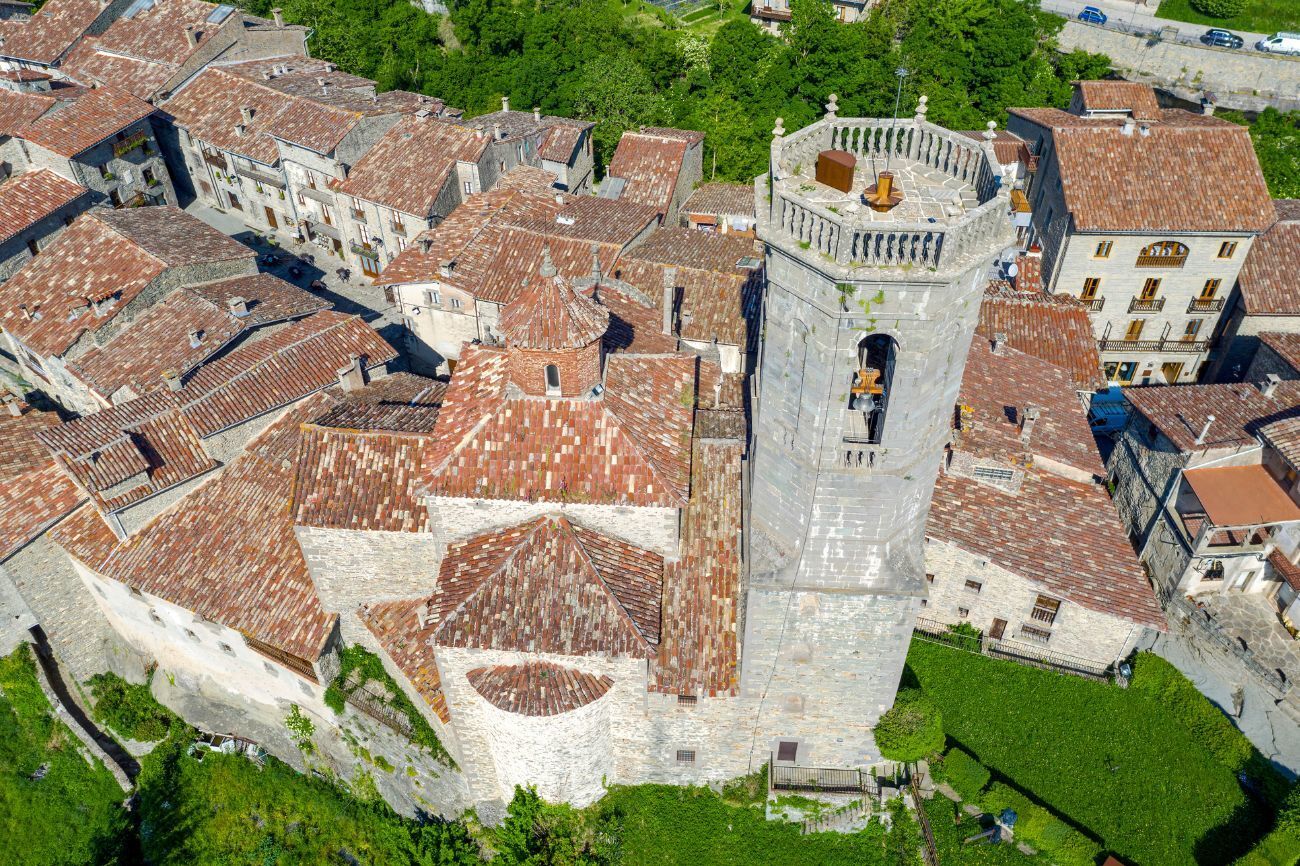
The Castle of Rupit
Looming just behind the church is the castle – a testament to the village’s noble lineage. Today, the stone houses of the historic center rise around the castle’s ashlar walls, with some sections of its original walls still standing proud.
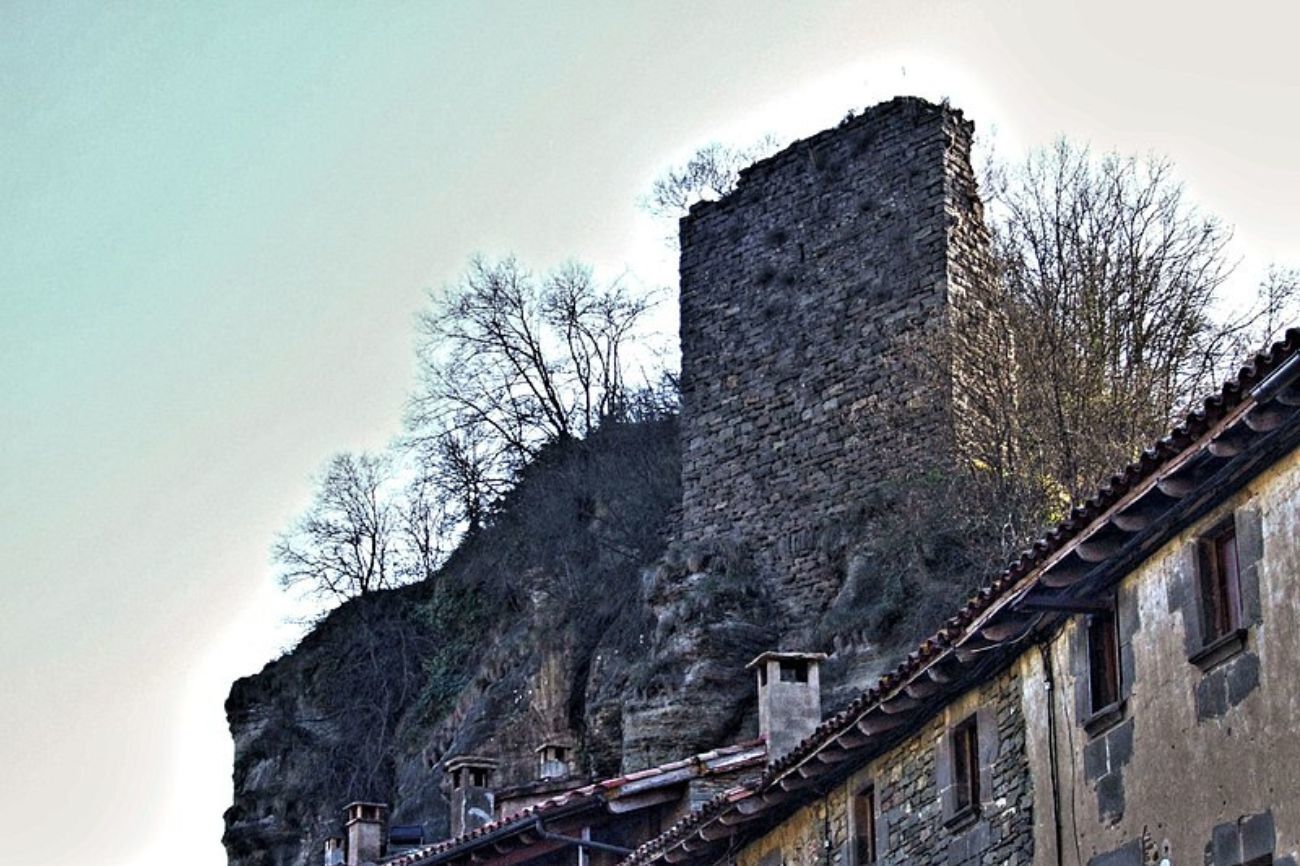
The Suspension Bridge
Without a doubt, the suspension bridge is Rupit’s heart and soul. Constructed in 1945 over the town’s stream by the villagers themselves, this wooden bridge is your gateway into the historical Barbacana street. But tread with caution! It’s a narrow, wobbly bridge that permits no more than ten individuals at once.
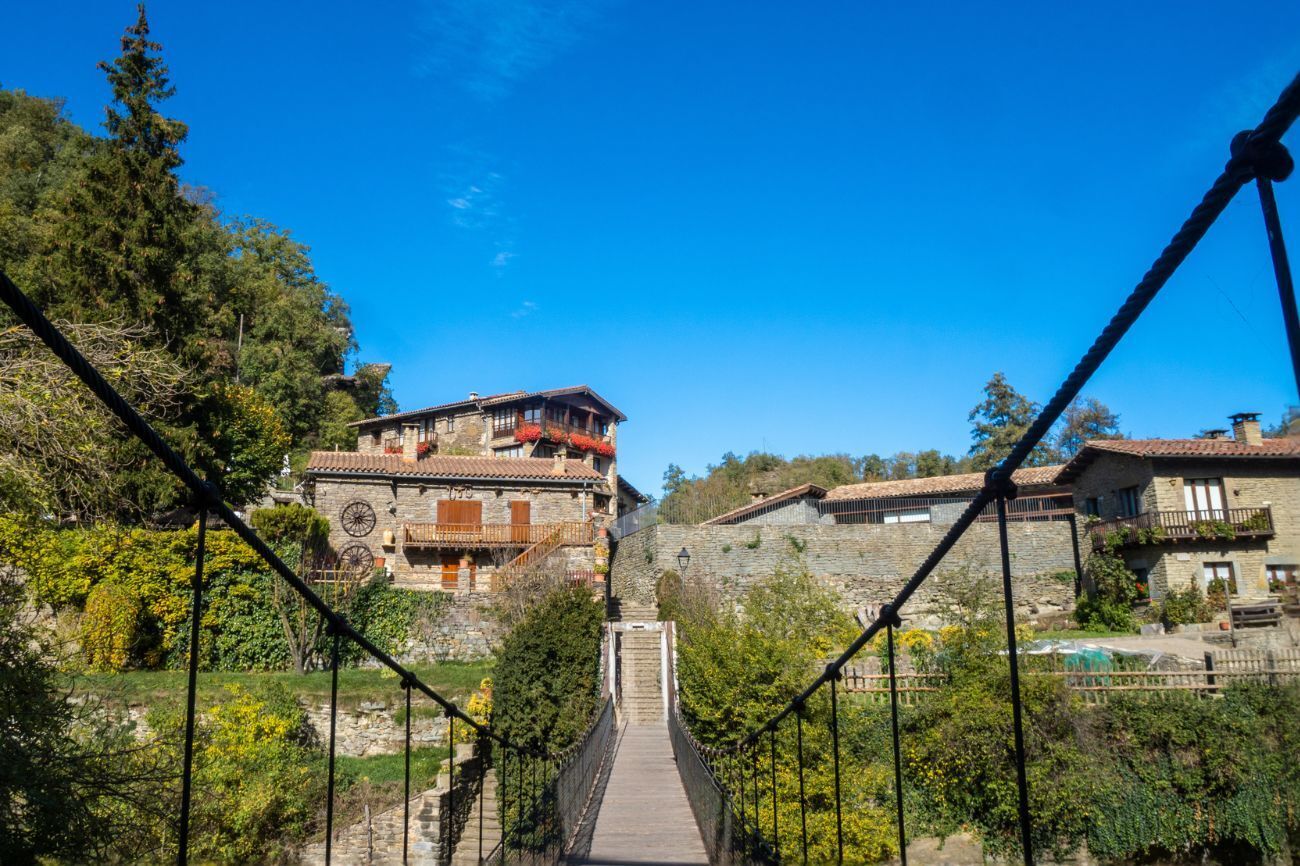
The Can Badaire Bridge
One shouldn’t overlook Rupit’s original crossing – the medieval bridge of Can Badaire. Located on the outskirts, this bridge on the natural path connects Rupit with Sant Joan de Fàbregues.
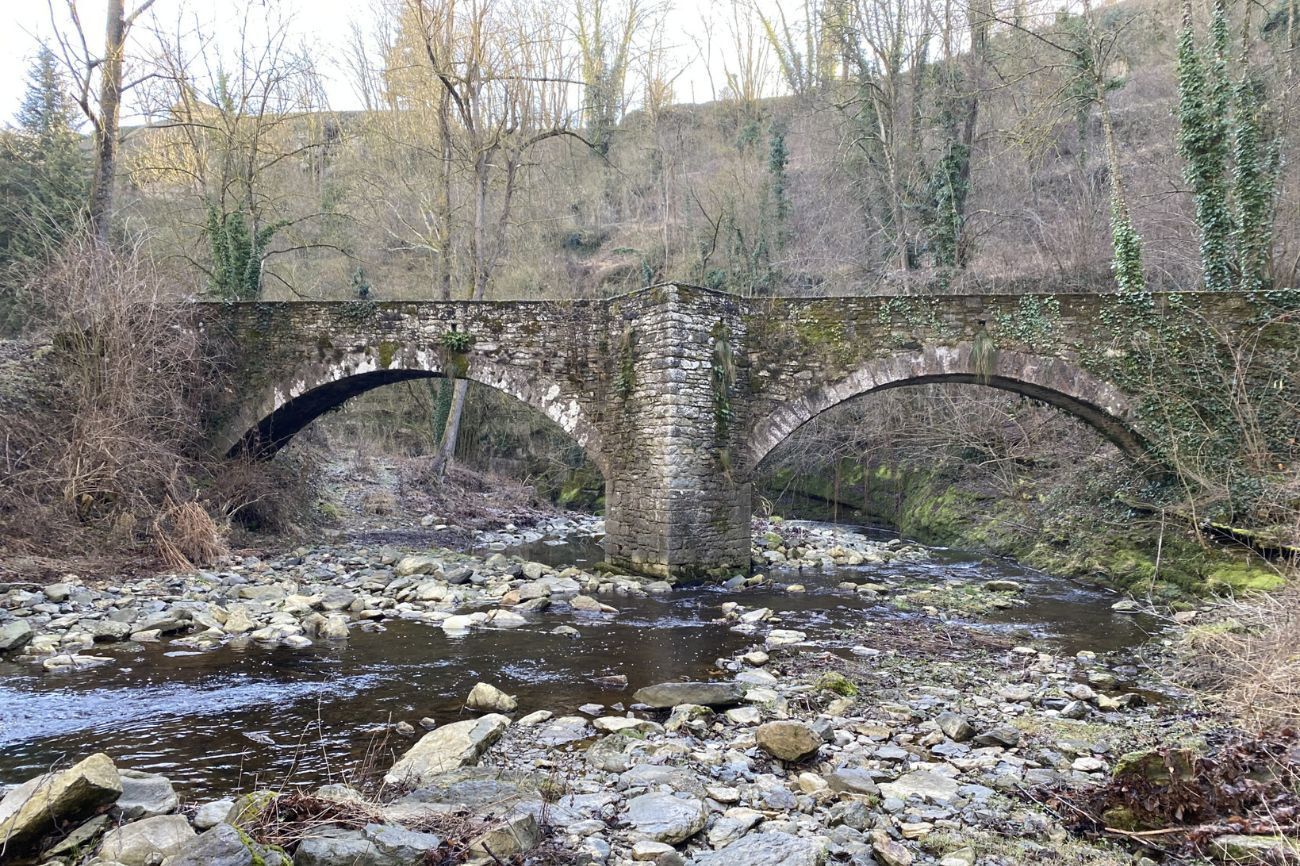
In conclusion, Rupit isn’t just a village; it’s a time capsule, a masterpiece of nature, and a beacon of sustainable tourism. An undeniable jewel in the heart of Spain, it beckons travelers with its history, culture, and unmatched beauty.
For more detailed information, visit the official website at https://osonaturisme.cat/.





